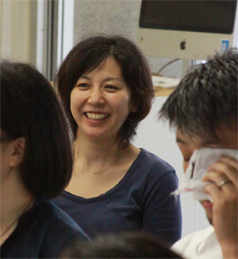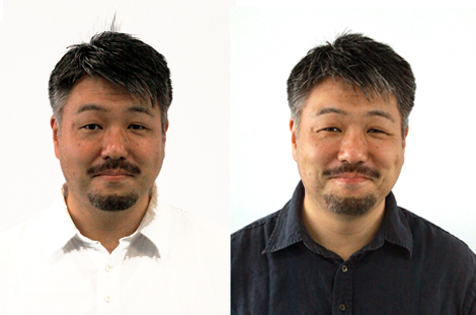2012年10月 7日
Autobiography and its Cautions
Many times I've tried to dream up a good excuse to write about the "Art of Autobigraphy", but honestly, I couldn't find my way to the subject without seeming more than a little pretentious. It's not exactly original, and so much ink has been poured on this topic that almost anything one writes comes wrapped in the voice of another, not that this awkwardness has ever given pause to the half million or more people who have broached the subject before me.
Still my hesitation lingered and then I picked up Javier Marias surprising, "Your Face Tomorrow", vol.1, "Fever and the Spear". That's when it hit me. With regard to Autobigraphy I had actually been witness to something miraculous (not to put too fine a point on this). I was about to let it slip from memory, and certainly it would have, but for the novel's entirely unexpected beginning.
"One should never tell anyone anything or give information or pass on stories or make people remember beings who have never trodden the earth or traversed the world, or who, having done so are now almost safe in uncertain, one-eyed oblivion. Telling is almost always done as a gift... it is also a bond, a granting of trust..."
Now in the interest of full disclosure, I must admit to having cherry-picked this quote, leaving aside it's darker, even sinister parts for another time. What interests me here is the "prohibition" that precedes the gift and the power of the reservations that Marias extols. Now with all this being said, I'd like to tell a very different story. But please stick with me, as things should segue nicely.
Hiroko Takahama (seen below) is an artist and a conversationalist. She is also an organizer, who by my account has created some of the most attractive "Talk Shows" I've had the pleasure to attend.

Last Spring, Takahama-san, together with Toshinori Arai-san (the Editor in Chief of Japan's lifestyle magazine Switch and the recently re-launched "Coyote" magazine), staged an event at Club Q2 that was wonderful and deeply moving. The subject was the autobiography and those attending were there to create their own autobiographical essays. The format was simple: Talk, write, talk some more and write some more. In between the talking and writing, there was some eating and refreshments (just like life). And one more thing; the event would continue all night (so, sleeping was optional).
Fourteen guests arrived at Q2 around 3:00 in the afternoon. They signed-in and were photographed Passport style. After this, they joined a table with Aria-san. He launched the first conversation outlining the process that would guide them for the next 18 hours and posing some questions to be considered. During his opening remarks, it was easy to read intensity, reservation and uncertainty in the faces of the guests.
After the opening conversations, dinner was served. I left with the determination to return in the morning and see what kind of shape everyone was in after a night of writing.
While on my bike riding home that evening in the advancing darkness, I felt a touch of envy. It dissolved, however, when I placed myself in the position of having to write and share that writing face to face. The anonymity of the blog is more my speed.
Day II
There is a line in a Dylan Thomas poem describing the gentle but dazed forest creatures wondering about aimlessly just after the dawn of creation. It was the first thing that jumped into my mind when, at 8:00 AM I walked into the space. The early morning sun was pouring into the room and guests were milling about chatting softly.
Breakfast was being served in the most casual of styles, there was quiet, easy laughter and the sullenness one might expect following an all night bout of writing was completely absent. Also it was clear that through the night of storytelling and reflection, bonds had been formed and insights emerged. Things had changed.
Finally, one by one people presented themselves to the camera for a parting shot. These portraits would be part of their file, another aspect of the portrait they created during this event. In almost every case the Before and After photos reveal astonishing differences. This Before and After set of Shinya Kitaoka is typical.

Perhaps Marias is right. Maybe we shouldn't tell anyone anything. Maybe we should keep our mouths shout and guard ourselves from betrayal with silence. Marias's argument to this effect is elaborate and convincing, that is, until one speaks earnestly of one's self in a community such as this one. And communities "like this one" are built. They are not accidental. They are the works of sensitive and creative minds. Minds that in the most ambitious ways create freedom and generosity, safety and affection. All the things we are nearly desperate for in these times.
There are indeed many things to be afraid of in the "telling". Any two people in a relationship will know this fear well. Yet a powerful telling of our own stories seems to be all that's needed to rescue us from our fears.




 Paul Venet
Paul Venet
